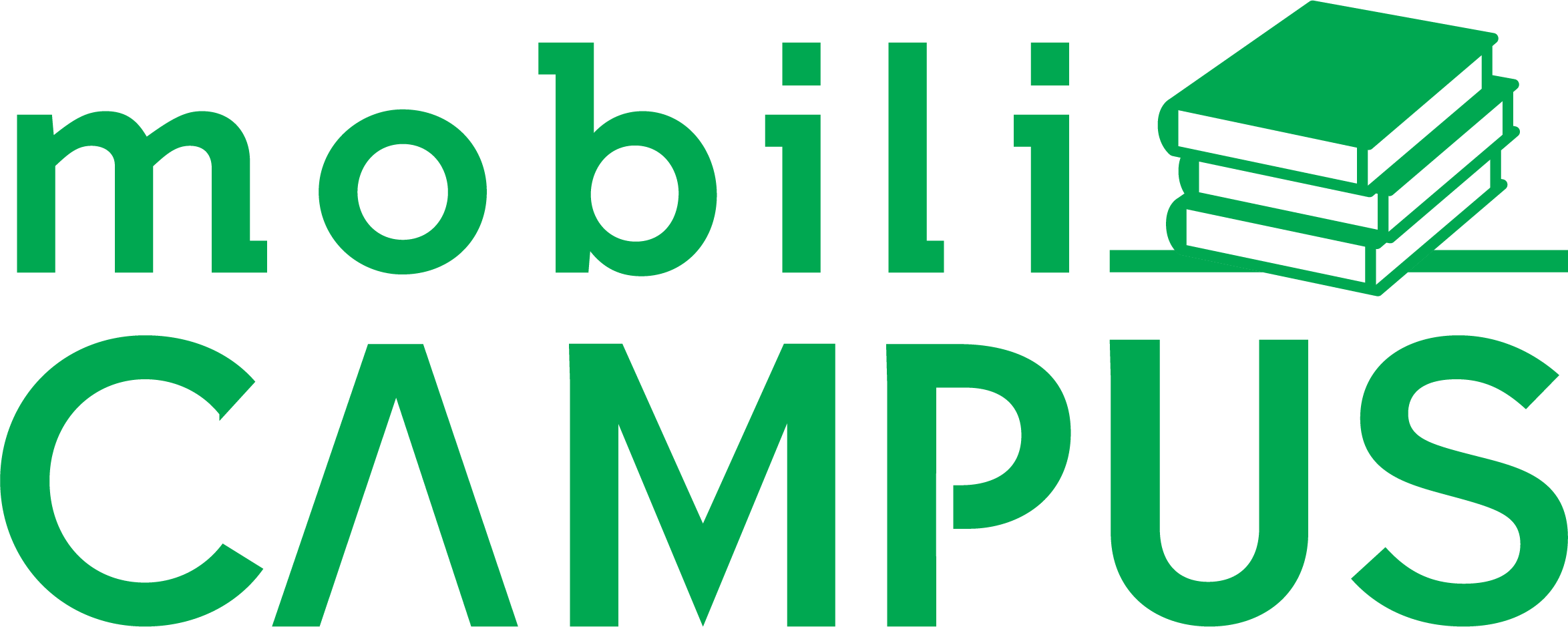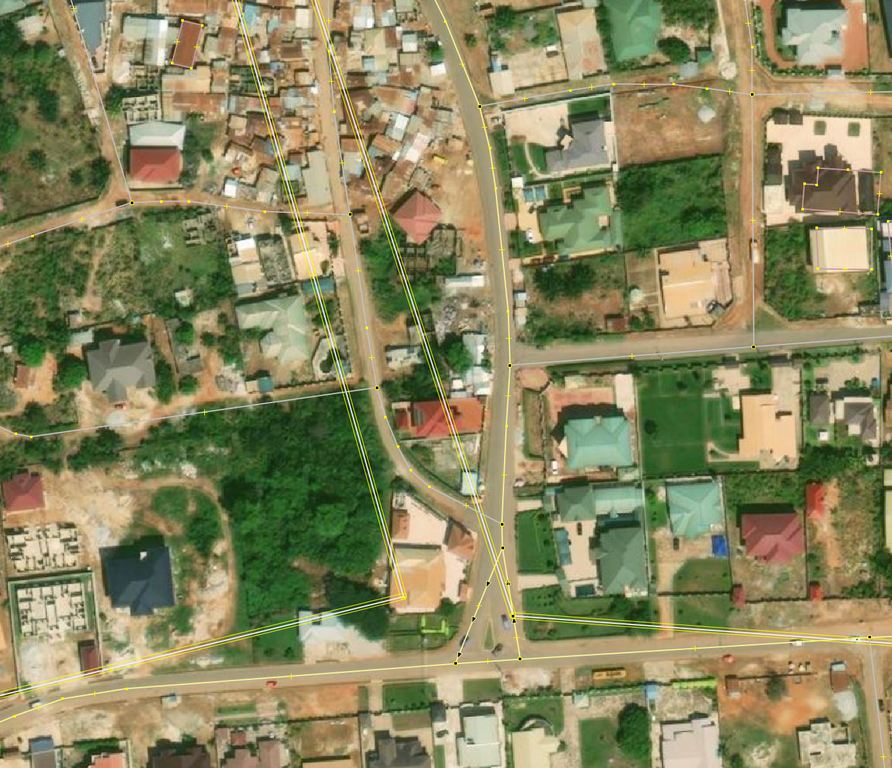Panoramax
Panoramax view feature improves map exploration and gives users access to 360-degree imagery that enhances the mapping process and gives important visual context.
The community gains access to a potent tool that improves map visualization and encourages increased engagement and participation in the mapping process.
Live images can provide a lot of information that can be hard to determine, such as the weather or the terrain condition.
Introduction
Hi I’m Mattia, one of the Google Summer of Code 2024 contributors. This journal will be updated weekly based on what is happening. If you want to see how streetlevel layers work you can check out a guide here.
Milestones
Important and mandatory Milestones
-
Design how to add Panoramax in iD, understand how image retrieval works and how best to implement it.
- Write the new Panoramax layer in iD.
- Codify the functionality of the basic layer
- Viewing normal Panoramax photos
- Displaying 360-degree Panoramax photos.
- Add functionality to the layer.
- Add filters for username, photo type and date (like Google Maps does if it has multiple images of a place).
- Integration with other UI elements.
- Paste the id of the photos into the OSM tag.
- Modify the UI to make it easier to enable all accessible street-level image layers in a given area (e.g., “enable all” button for street-level layers).
At each stage: write documentation, write tests, fix bugs, and check that everything is implemented correctly.
Results
Everything that has been done is avaiable at this link. Open the sidebar -> click “Map data” -> “Streetlevel” -> “Panoramax” (you’ll need to zoom in quite a bit to be able to activate the layer).
You can also check the code here.
Check the Pull Requests here










 On May 21st at 16:30 UTC-3, UMBRAOSM - Union of Brazilian mappers of Openstreetmap promoted a workshop for new members of Youhmappers Esalq/USP who were starting in the Brazilian chapter in the city of São Paulo - Brazil.
On May 21st at 16:30 UTC-3, UMBRAOSM - Union of Brazilian mappers of Openstreetmap promoted a workshop for new members of Youhmappers Esalq/USP who were starting in the Brazilian chapter in the city of São Paulo - Brazil.





 © OpenStreetMap Contributors. Screenshot from JOSM with Bing
© OpenStreetMap Contributors. Screenshot from JOSM with Bing.jpg)
